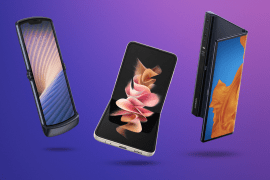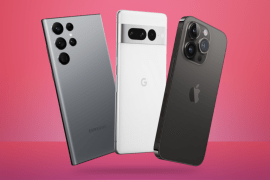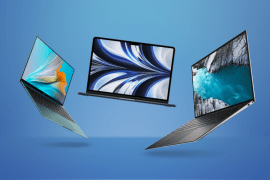Samsung Galaxy S9 vs Galaxy S8: What’s the difference?
Samsung's latest isn't a reboot, but it brings some new perks
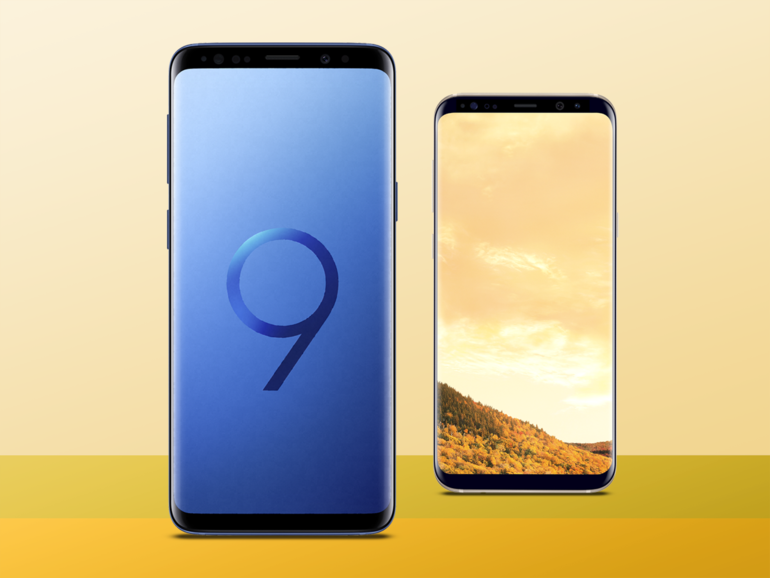
Samsung Galaxy S9 vs Galaxy S8: What’s the difference?
Just like the Samsung Galaxy S7 mostly followed the approach of the Galaxy S6, the upcoming Galaxy S9 is much like last year’s Galaxy S8: there are no huge surprises. Following the official Galaxy S9 announcement at MWC 2018 this week, here’s a look at what sets the new handset apart from the last one – and an early take on whether you should consider upgrading if you’re wielding last year’s Galaxy S.
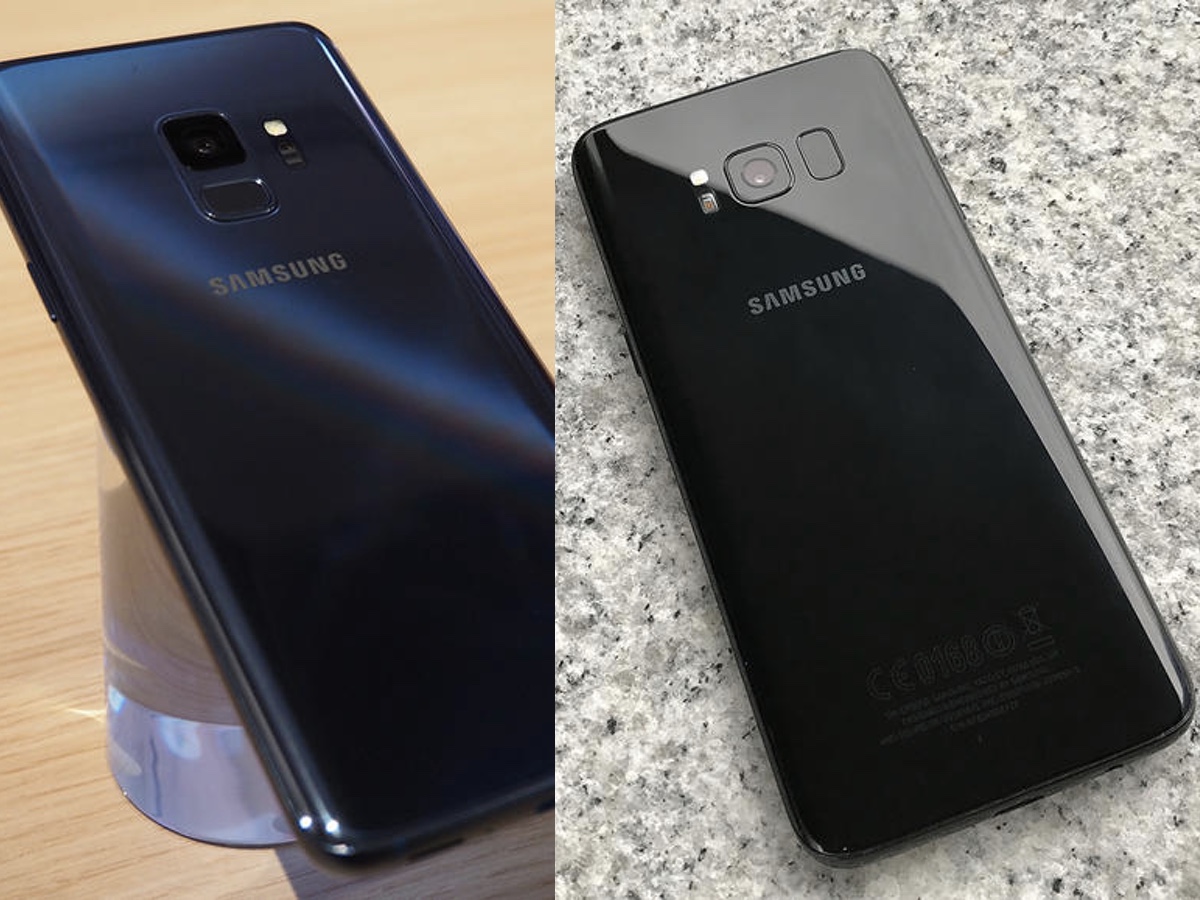
DESIGN: ALMOST IDENTICAL
There’s almost no difference here: the Galaxy S9 looks identical to the Galaxy S8 from the front. That’s no bad thing, since the S8’s screen-centric design is a minimal, curvy dazzler, and it’s still our favourite phone in the world right now. That’s mostly true for the back, too, but the design does get one key upgrade: the fingerprint sensor has been moved to below the camera. Our frustrating fumblings with last year’s phone should be a lot less common with this new placement.
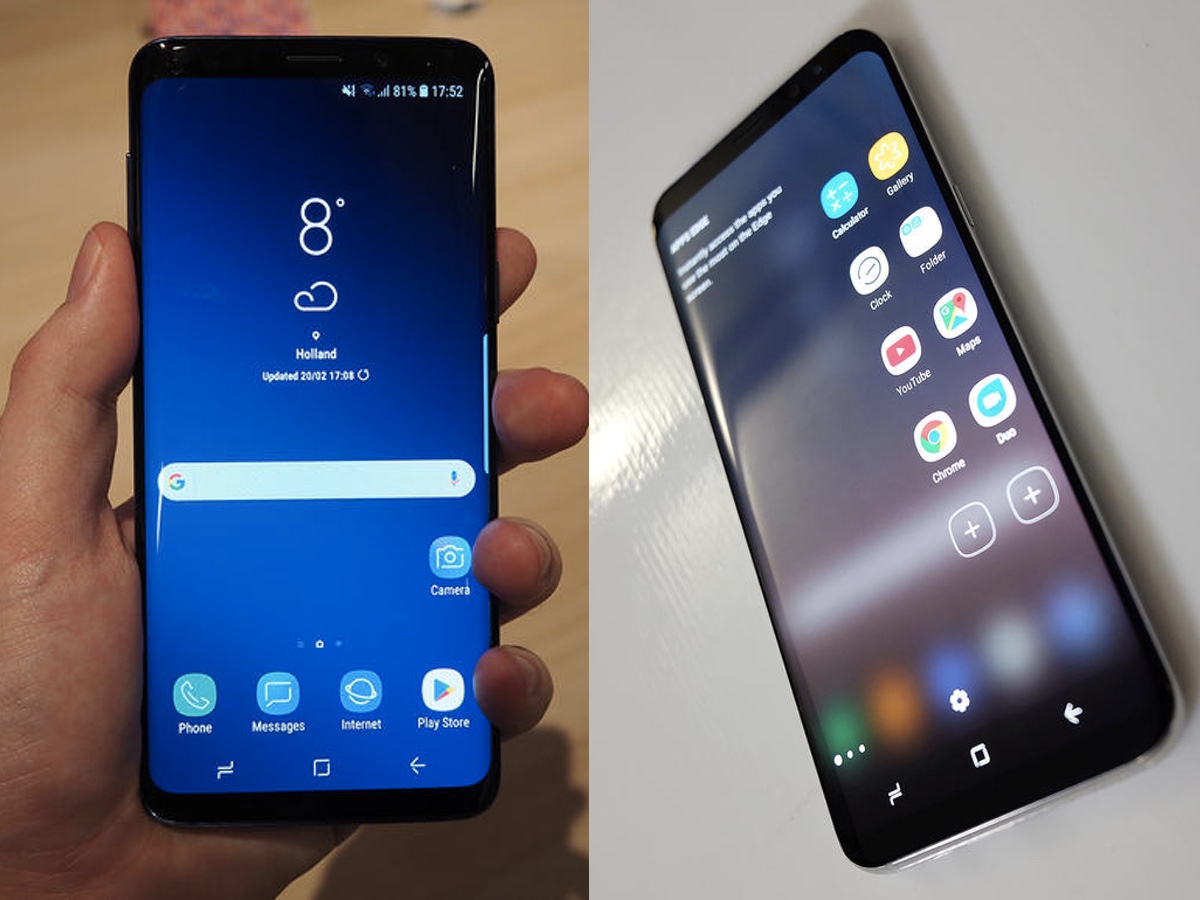
SCREEN: SAME AS BEFORE
From what we can tell, the Galaxy S9 hasn’t made any significant strides with its screen – which, again, is not a bad thing at all. The Quad HD (1440p) Super AMOLED displays on last year’s phone return, at 5.8in on the standard Galaxy S9 and 6.2in on the Galaxy S9 Plus. As before, they’re extra tall at an 18.5:9 aspect ratio, which means you have a lot of screen real estate to play with for things like games, apps, media, and more.
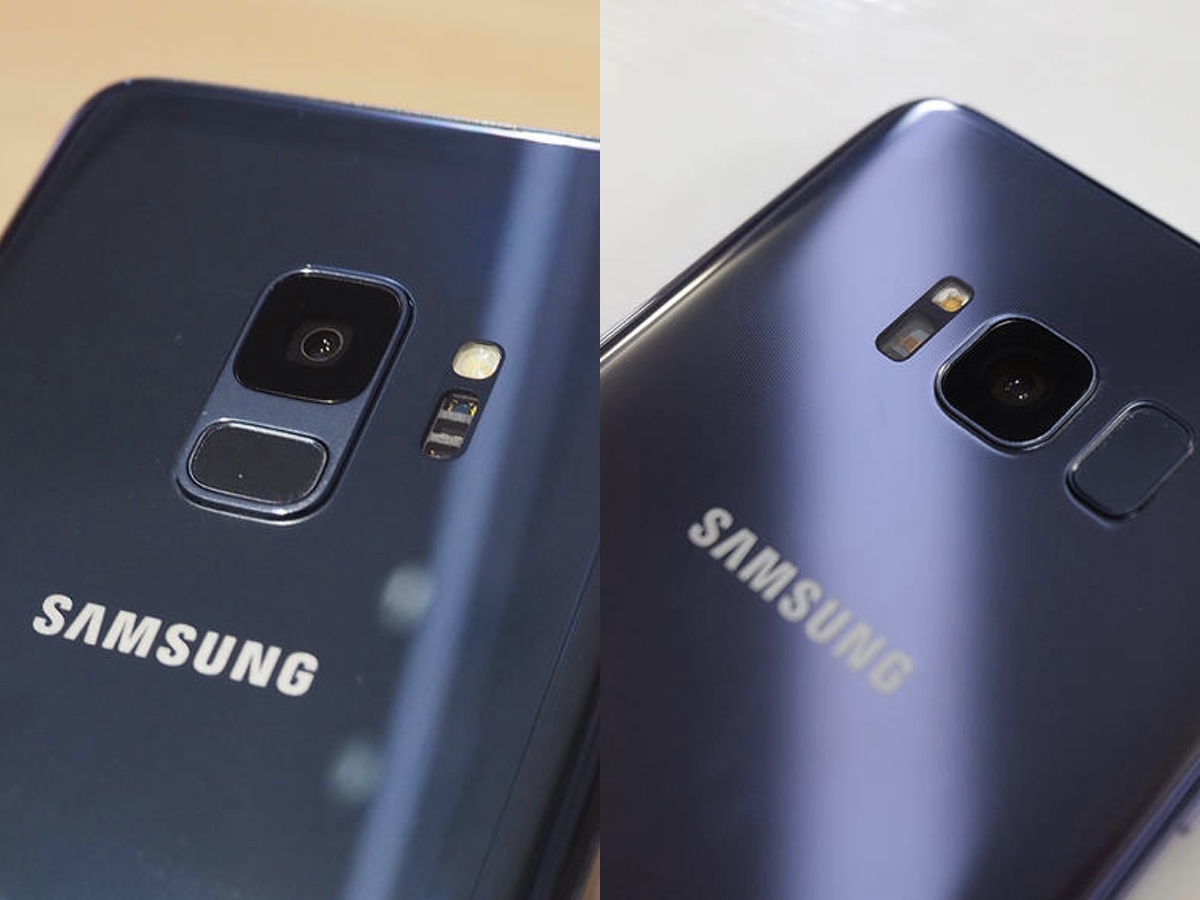
CAMERA: KEY ADJUSTMENTS
Here’s the most obvious difference between the handsets: the Galaxy S9 Plus adds a second 12-megapixel back sensor, whereas the Galaxy S8 Plus had just the one. Both this year’s standard model and last year’s stick with just one. That brings the Galaxy S9 Plus up to par with a lot of the Android handsets we’ve seen over the last year. The main sensor on both also widens the aperture to f/1.5 (from f/1.7), which is the best we’ve seen in the smartphone space to date.
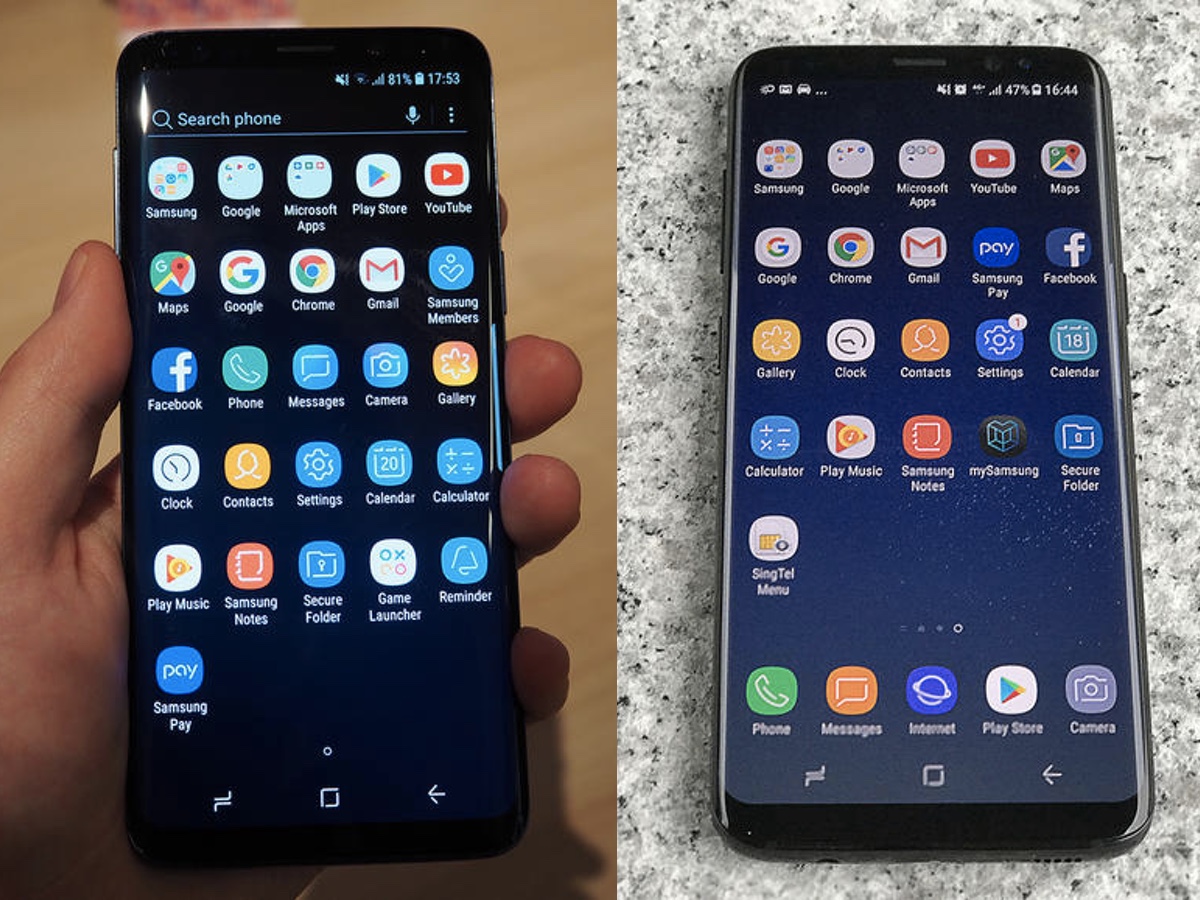
PERFORMANCE: BIT OF A BOOST
It’s an incremental upgrade here again, as the Galaxy S9 promises to pack in Samsung’s own Exynos 9810 chip in the UK and other parts of the world, and the Snapdragon 845 chip in North America. Benchmark tests suggest greater single-core and multi-core performance from the Exynos, so not all handsets will be equally-equipped – but you’ll see an increase in raw horsepower compared to the previous version in all regions.
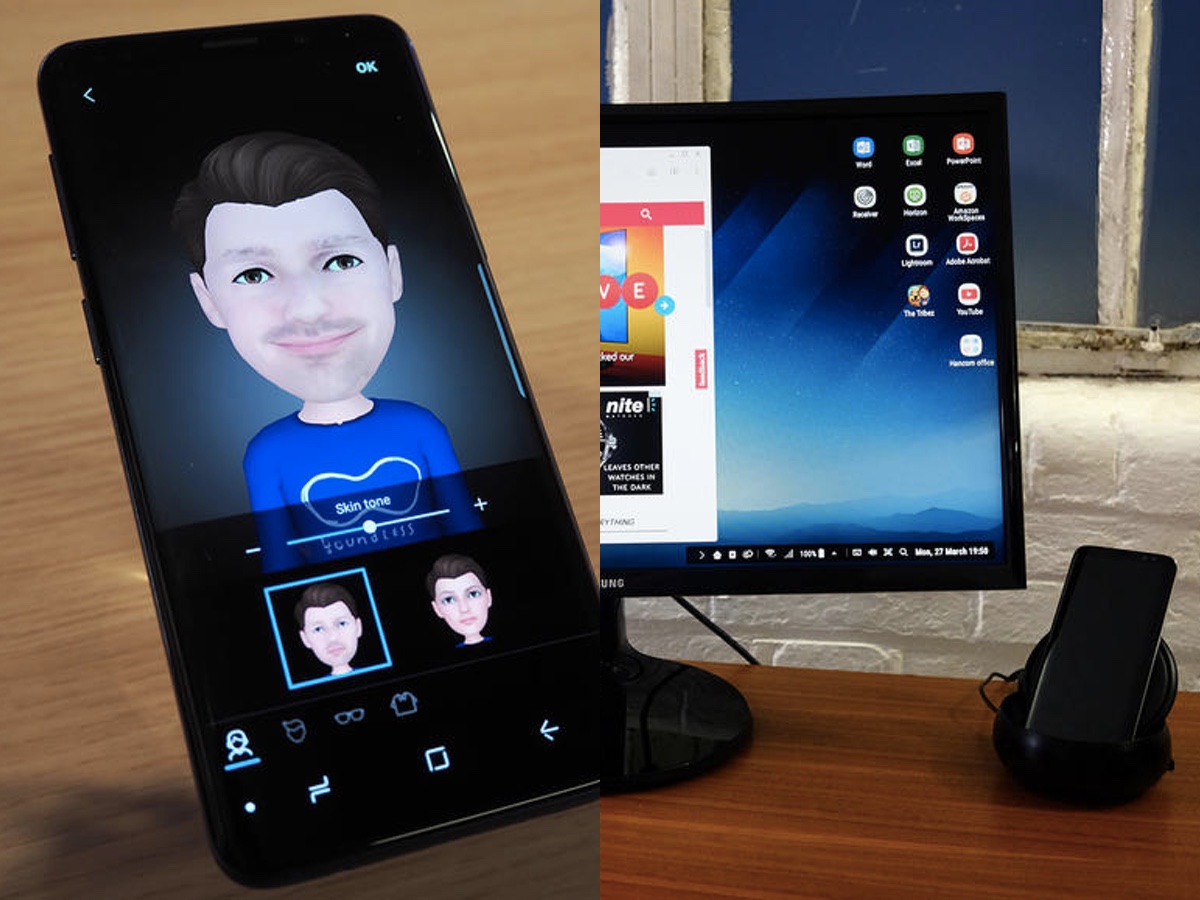
BATTERY AND PERKS: SMALL UPGRADES
Samsung is sticking with what works: the Galaxy S9 will carry the same 3,000mAh battery pack as before, while the Galaxy S9 Plus keeps the same Plus-sized 3,500mAh cell. Samsung’s intriguing DeX Station will also return with a new look and added functionality for the Galaxy S9. You lay your phone flat in this revised dock, which means you can use the touchscreen as a laptop trackpad, as well as a touch keyboard. That saves the hassle of needing to bring your own keyboard and mouse.
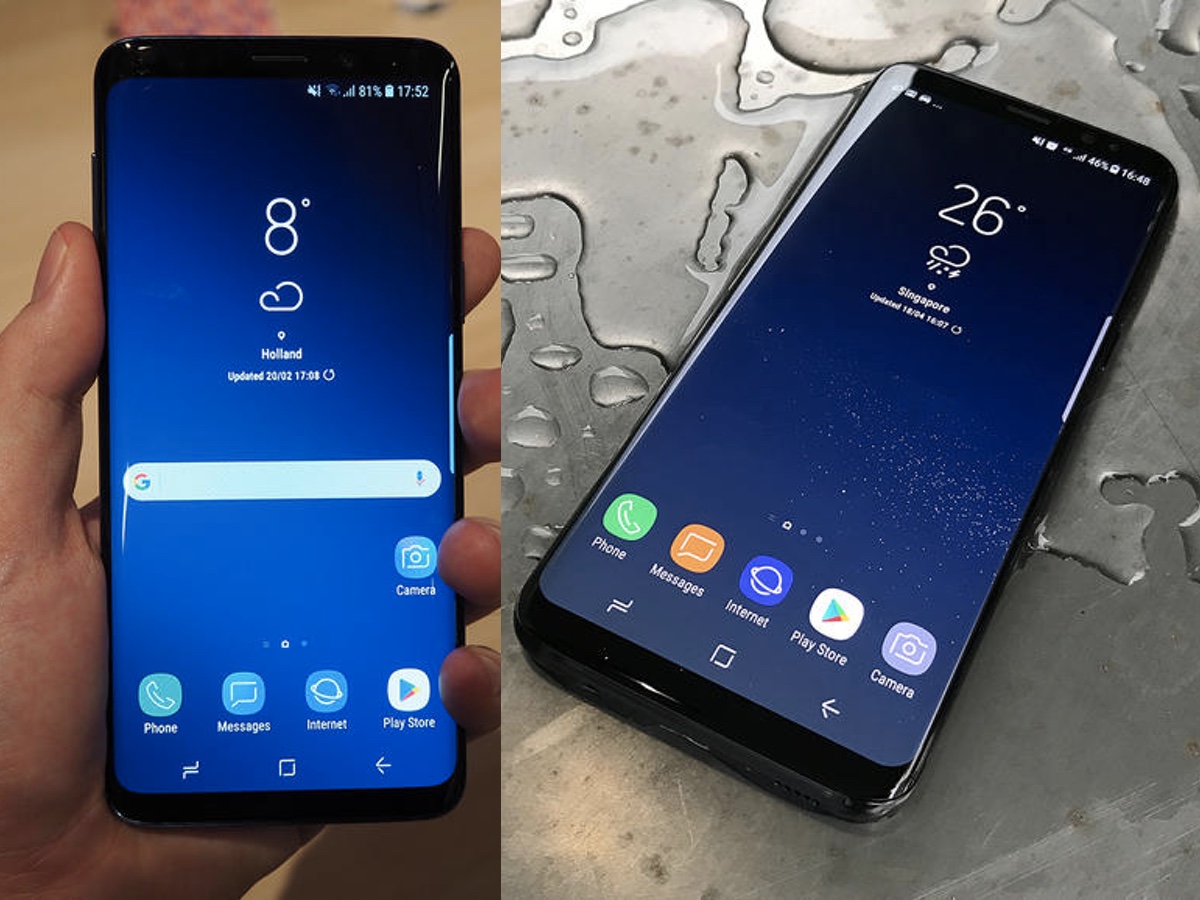
INITIAL VERDICT: A MODEST REVISION
Glancing at both the handset itself and the spec sheet, there aren’t any dramatic surprises with the Galaxy S9: it’s a largely incremental upgrade, but we can’t argue with more power, a better Plus camera, smarter design, and a more useful DeX Station. Our gut instinct says you probably don’t need to upgrade if you already have a Galaxy S8 or a Galaxy S8 Plus. But if you’re rocking an older phone, the Galaxy S9 and S9 Plus seem to pack enough enhancements to make either worth the pickup in a few short weeks.
